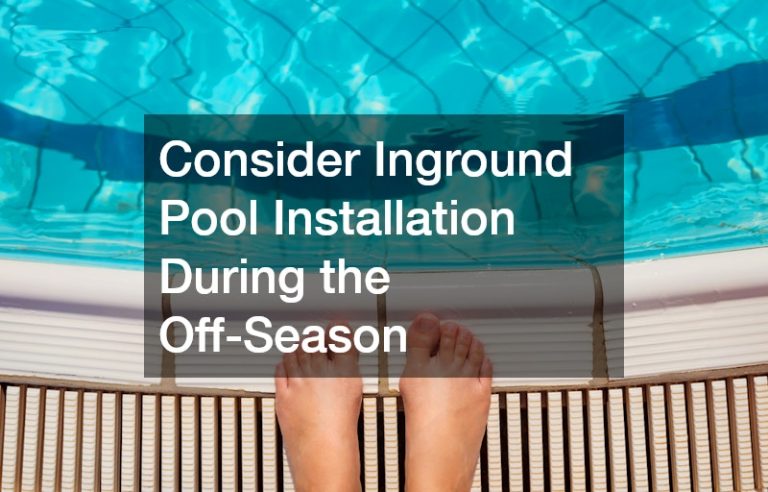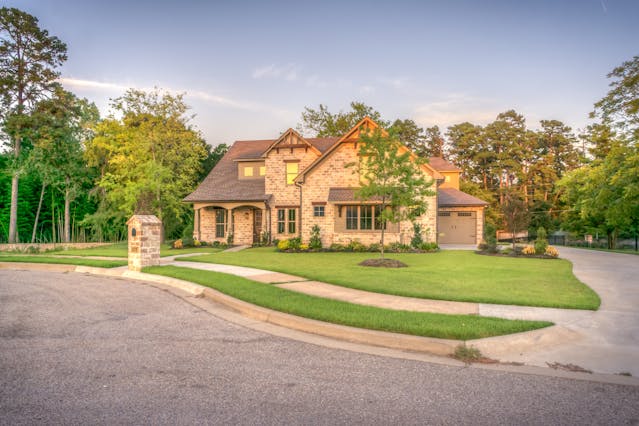

Having a poor set up for your landscape design can cause unwanted pests, higher necessity for pruning or failing growth all together. Landscape design need an overall plan or at least a general knowledge of the best placements, types of plants that can grown in what environment as well as other general gardening information. Knowing where to put each shrub and flower is important for the overall cohesion of your landscape. Here are a few landscaping tips to help you create a view that will look and act just as it should.
Plan for Future Access
You will need to mow and trim and water and plant and maintain at some point and you need to make sure that you aren’t damaged parts or your landscape in order to take care of other areas. Make sure that your garden is set up in such a way that you can access each other, carefully and effectively while protecting the rest. You always make need to provide access for larger equipment if you plan to do any repairs or renovations on your home and you don’t want that to ruin all of your hard work.
Begin with the Focal Points
This means starting off with something that catches the eye. There should be one or two things in your yard (depending on it’s size) that are the main point of focus and everything centers around them. You want your focal points to stand out but not stick out. The point is not to be very different from the rest of the garden but to be what brings the garden together. It can be an accent piece but it should still fit in with the general theme.
Forego the Formal Landscape
One of the best landscaping tips is that beautiful landscaping does not have to be complicated in appearance. Formal landscapes require exact symmetry and this can be very difficult to achieve. If you are just starting out in landscaping, leave this idea until later on. The main problem with symmetrical landscaping is that if one side succumbs to disease or is damaged by weather or pests, it leaves you with a decision to make about the other side.
Keep it Moving
While landscaping is an art, and art tends to stand still, good landscaping tips to keep in mind are that a garden should be all about movement. It needs life and interest and swaying trees and grass that ripples in the wind or fountains that continuously fall and gurgle. Bright flowers will attract butterflies and hummingbirds and other beautiful creatures. There should be a serenity about your garden but when you look closely, it should be very busy.
Compliment Your Home
Your landscaping should make the house look good. Careful placement can soften any edges and take away from any flaws that the exterior of your home may have. Do not try and hide your house with overgrown shrubs and trees, simply accent the home and highlight its best features using careful and thoughtful landscaping tips and planning. Know what to put where is crucial to tying the landscaping to the architecture.
Know Your Placement
If you’re planning on planting something that you are unfamiliar with, you will need to do research in order to make sure that the plant or flower is successful. Certain types of greenery need a specific amount of shade or sun. Some flowers must have access to a constant flow of water while others will wither up and die if they get to much water. Keeping some shrubs near a water source can attract unwanted pests whereas some repel them. Know your plants and know your placements.
Don’t Take it for Granted
After you’ve had a few successful plants grow, you can begin to feel like you are what you are doing. Don’t take it for granted that you have had good luck and look like you may have that green thumb. Keep doing the research and making sure you have all the right information regarding your landscaping. You may discover new possibility and inspire your creativity just by reading up on how to implement different things. Don’t let your mind grow stale, let it always work to find better ideas to make your landscape the best it can be.


